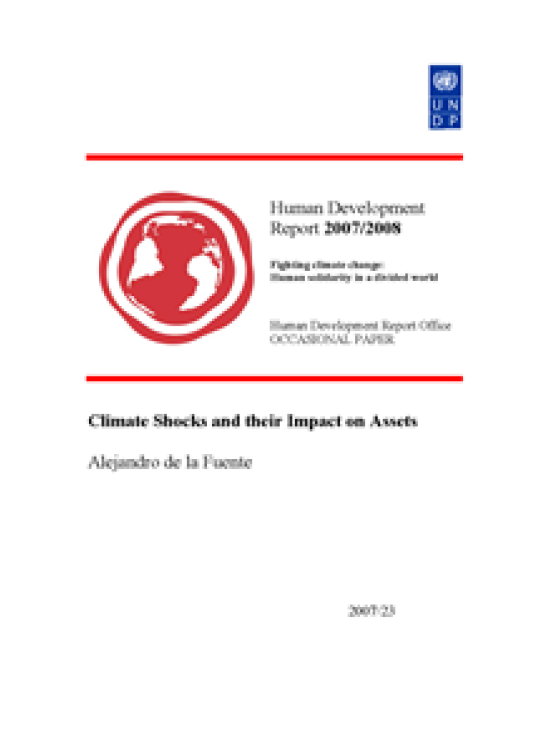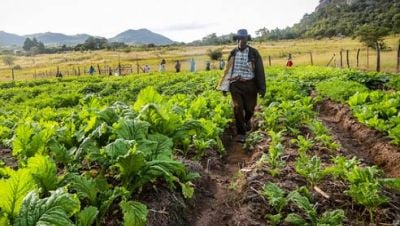Climate Shocks and their Impact on Assets

Download Report by Language
Document
delafuentealejandro2007b.pdf
(244.33 KB)
Citation
De la Fuente, Alejandro. 2008. Climate Shocks and their Impact on Assets. New York.
Climate Shocks and their Impact on Assets
Posted on: January 01, 2008
Risk refers to possibly occurring events that can damage wellbeing (Dercon 2001). Others prefer the talk about damaging fluctuations that are not perfectly predictable (Sinha and Lipton 1999). Both definitions allow to point out that households can have a priori some sense of the likelihood of events occurring (i.e., can attach a probability distribution to risk events), without really having any direct control over them (i.e., they are not perfectly certain that will occur in any given future).1 Some authors find useful to make a distinction between risk and shocks as well implying that shocks go one step further in the definition of risks. They are defined as realizations of highly unexpected events that cause welfare losses. In other words, risks are prospects of a shock or, alternatively, shocks can be thought as the realization of risks (Fafchamps 2004; Sinha and Lipton 1999). According to Sinha and Lipton (1999) the term ‘shocks’ has already a very specific connotation that encompasses: i) unexpectedness (i.e. the risky damaging fluctuation already happened, though it had low exante probability); ii) size, iii) high damage due to concentration on persons with high vulnerability and low resilience; iv) exogenousness in the source; and v) physical or psychological strain to one or more individuals due to that stress. Thus, the term climate shock would already cover what the disaster literature considers to be a natural disaster: those events that outstrip the capacity of a society to cope with it (Anderson, 2000). This note mostly refers to natural disasters as climate shocks.

